Influencer’s reason for deciding to climb Uluru before the ban
The decision to stop people from scaling Uluru has divided the nation. But there’s a reason why many Aussies still want to climb.
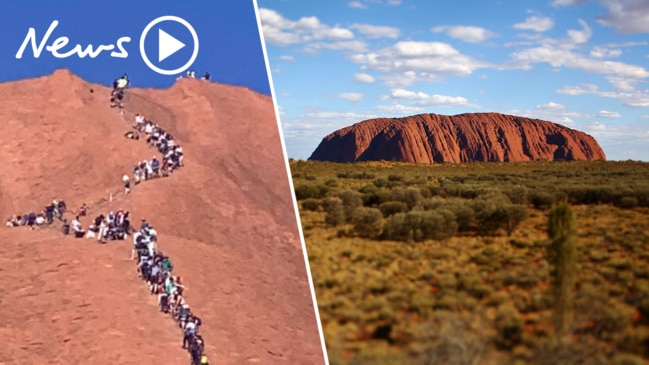
It’s the decision that has divided the nation. The ban to stop people from climbing Uluru.
And while the vast majority of locals support the controversial move to stop visitors from scaling the rock, tourists have flocked to the region in a last-ditch effort to make it to the top of one of Australia’s most famous landmarks.
From Saturday, in recognition of the rock’s cultural significance to the Anangu people, the climb — which was built in 1964 on the steep western face of the rock — will be closed for good. That chain handhold will be dismantled from October 28, and heavy fines will be introduced for anyone who ignores the new law.
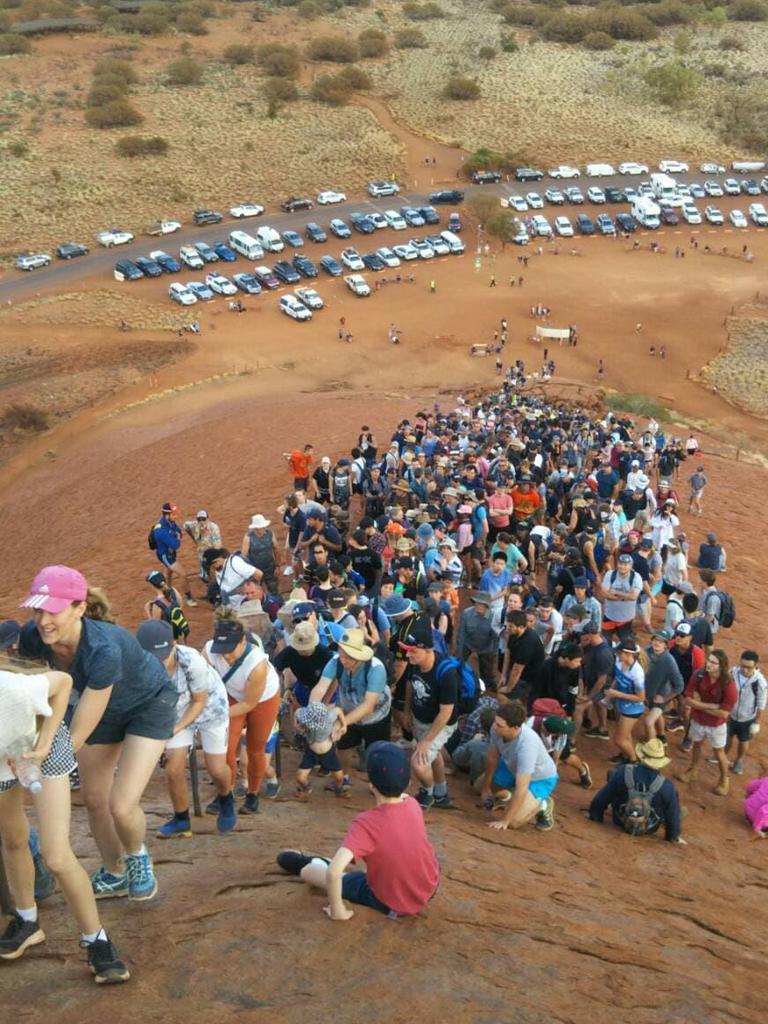

Earlier this week, tourists — including Tegan McLellan, 28, and her partner, both from Queensland’s Sunshine Coast — rushed to the Red Centre to climb the landmark before the practice is banned.
The veterinary nurse and social media influencer said a visit to Uluru — and a climb to the top — had always been on her bucket list of places to visit. And after hearing the climb would be closed for good, she decided to make the trip to the Red Centre a priority.
“Uluru has always been on my list of places to visit but was always a ‘some day’ trip,” she told news.com.au.
“Uluru is an icon of Australia and an important part of our history.
“Since hearing that the climb was closing I decided to make it a priority to visit before the opportunity was gone.”
RELATED: How much you’ll be fined for climbing Uluru
RELATED: Uluru fact everyone wants to know

Knowing the climb — which attracts thousands each year — was a big challenge, Tegan wasn’t deterred by the risks of venturing up the steep western face of the rock — or by the controversy in doing so.
Last week, a young South Australian girl fell at least 20 metres while descending from the summit after visiting the site with her parents and younger brother. The 12-year-old lost her footing and fell on the lower section of the climb, near where the chain is located.
Last month, a terrified Pauline Hanson got stuck while climbing Uluru in protest against the decision to stop visitors ascending the rock.
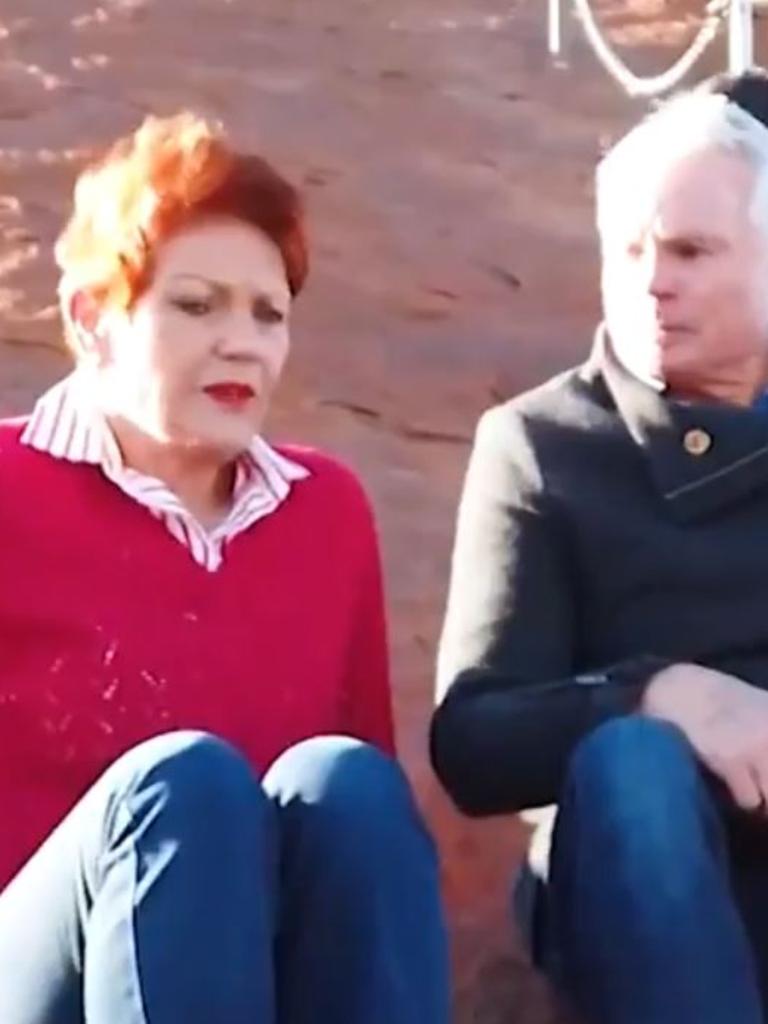
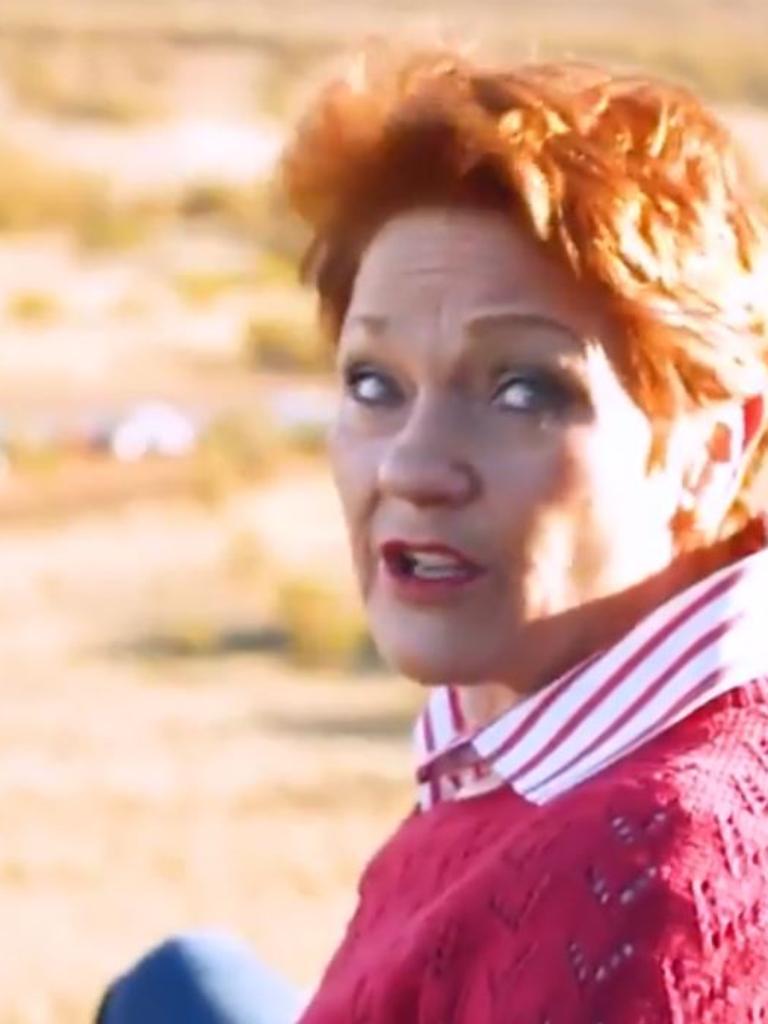
The One Nation leader has been a vocal critic of the climbing ban and decided to try to scale it before October 26.
But footage of her effort emerged shortly after her failed attempt, showing the politician struggling to make her way up the landmark before complaining about being unable to get down. It is understood the senator only made it 40 metres up the rock before turning back.
Ms McLellan, who has more than 12,000 followers, said there were parts of the rock that posed a danger to inexperienced climbers and especially young children, who she witnessed freely running around the landmark.
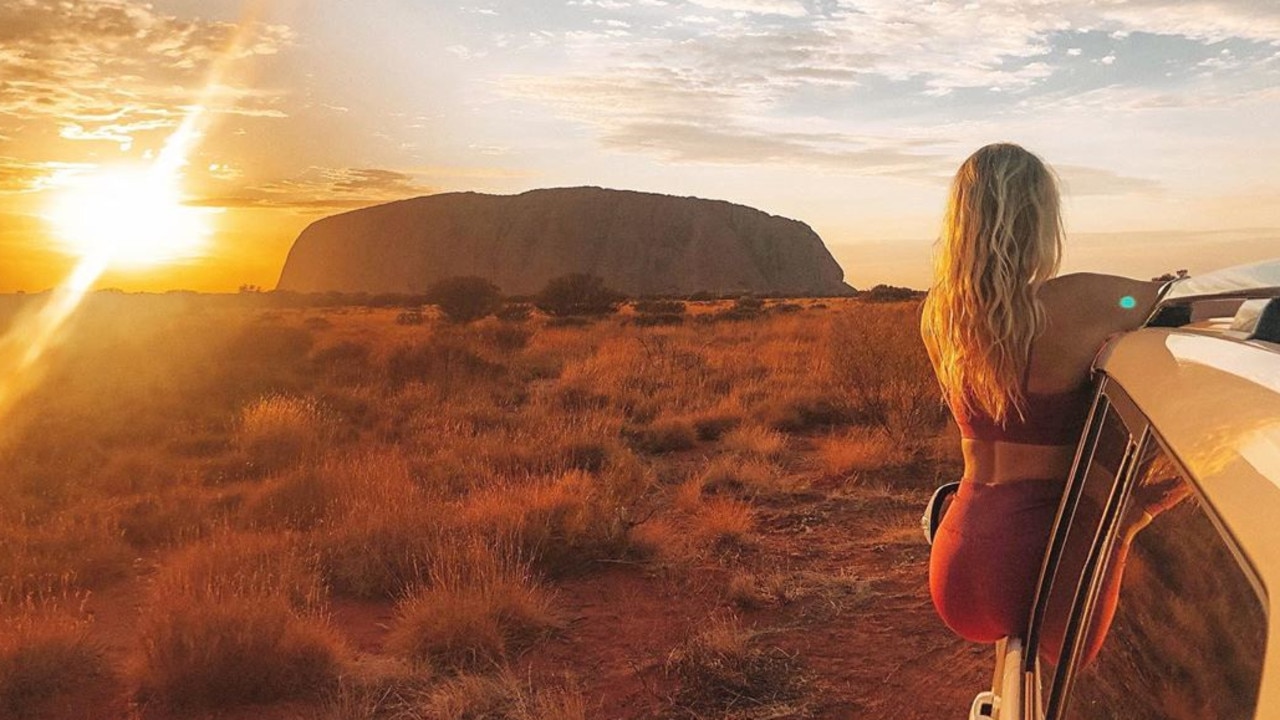
“I’m a pretty fit person and found the climb to be difficult,” she said.
“I’m a little scared of heights, so I found that if I stopped I kind of freaked out, so I just kept going.
“It’s very steep in some parts … and you can easily lose your footing. Your shoes slip easily, so you have to pull yourself up using the chain, but the chain was also slippery from everyone’s suncream and sweaty hands.”
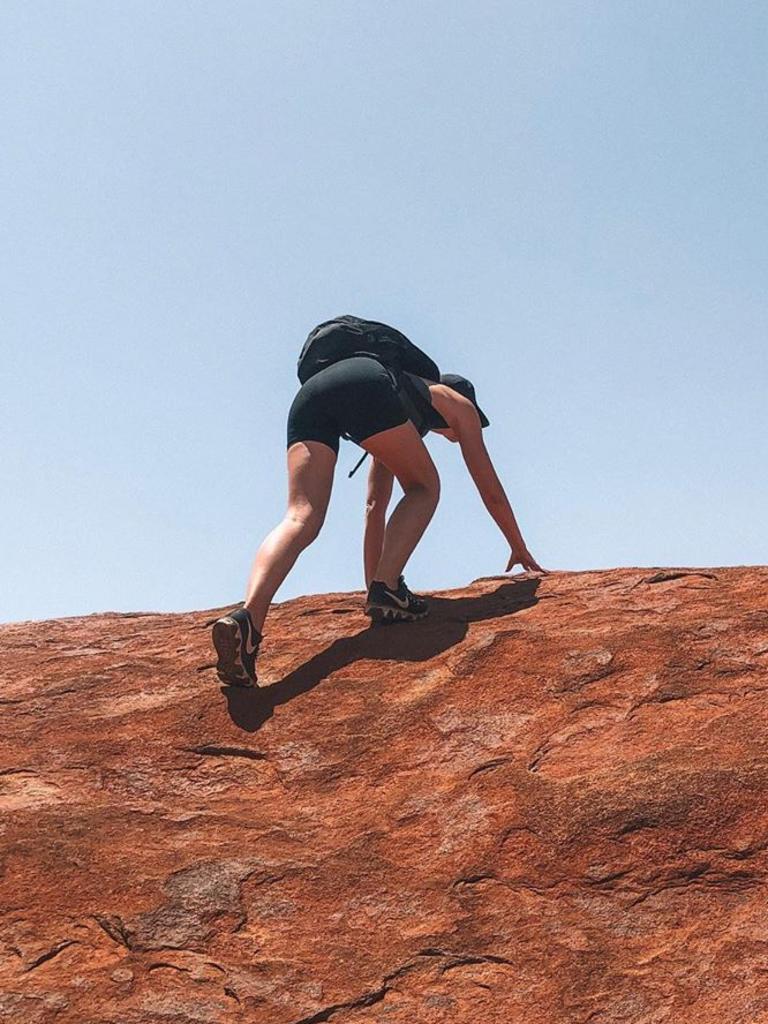
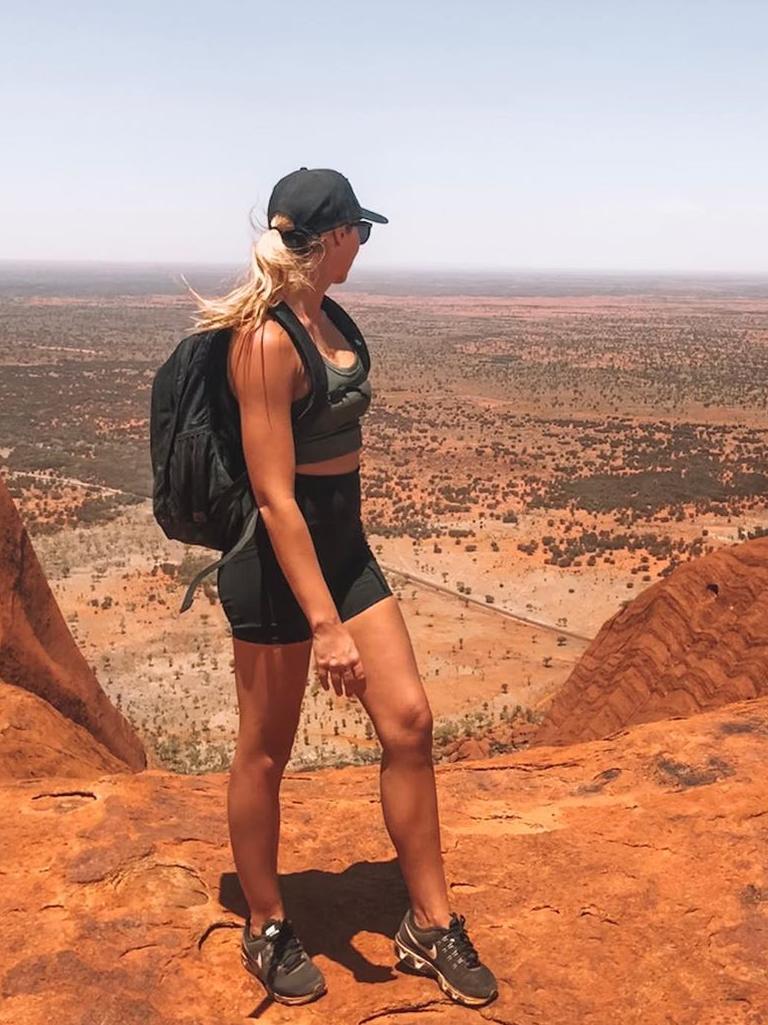
Ms McLellan said the dangerous terrain encountered on the climb continued right up to the summit where the chain ended and those scaling the rock were left to their own devices.
“I feel like you would only have to lose your balance or your foot could slip and you could seriously injure yourself if your not holding that chain,” she said.
“Once you get to the top of the chain it’s a lot safer and easier, but there were kids running around, which I thought was really irresponsible and dangerous.
“I was a little scared as it gets really steep and more narrow going up the chain as I had begun to fatigue, but I just took a deep breath in and kept going. I knew my limits and knew I could make the climb.”

Ms McMlellan, who completed the climb with her partner Tris, said there should have been regulations in place for people who wanted to summit Uluru.
“It’s a very tough climb with no shade and even the way down is just as tough,” she explained.
“You have people going up, people coming down and people sitting and resting, all along a very steep slope on a narrow track.
“I heard that one lady got stuck halfway up and sat there for two hours in the scorching sun because she couldn’t get down.”
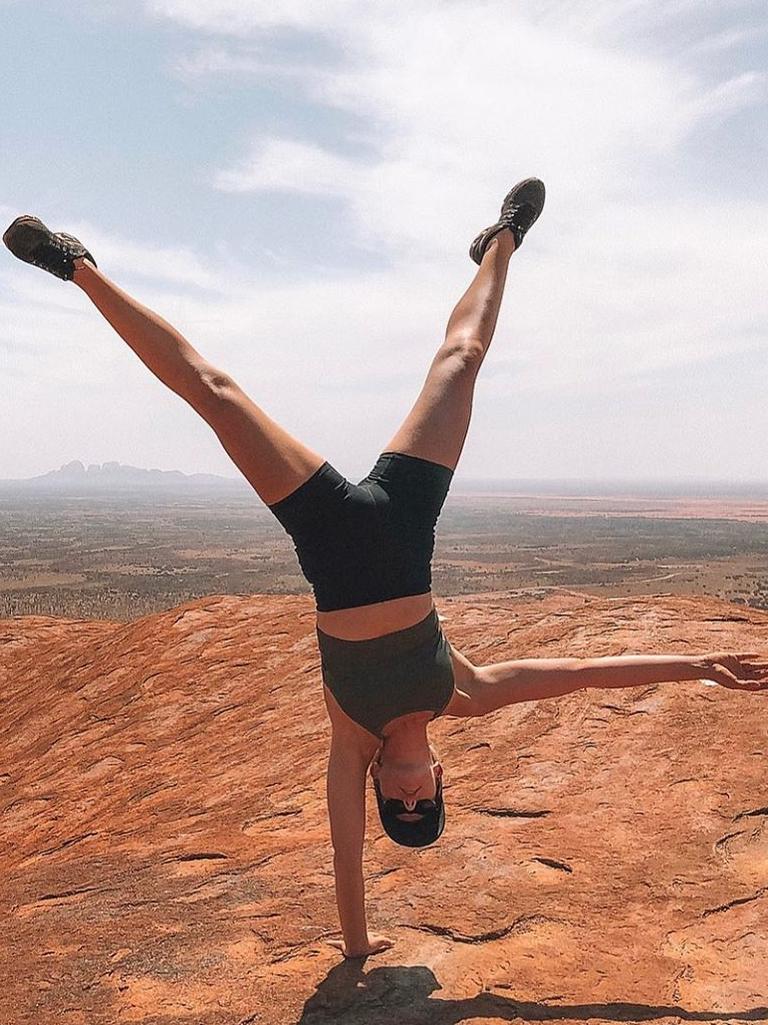
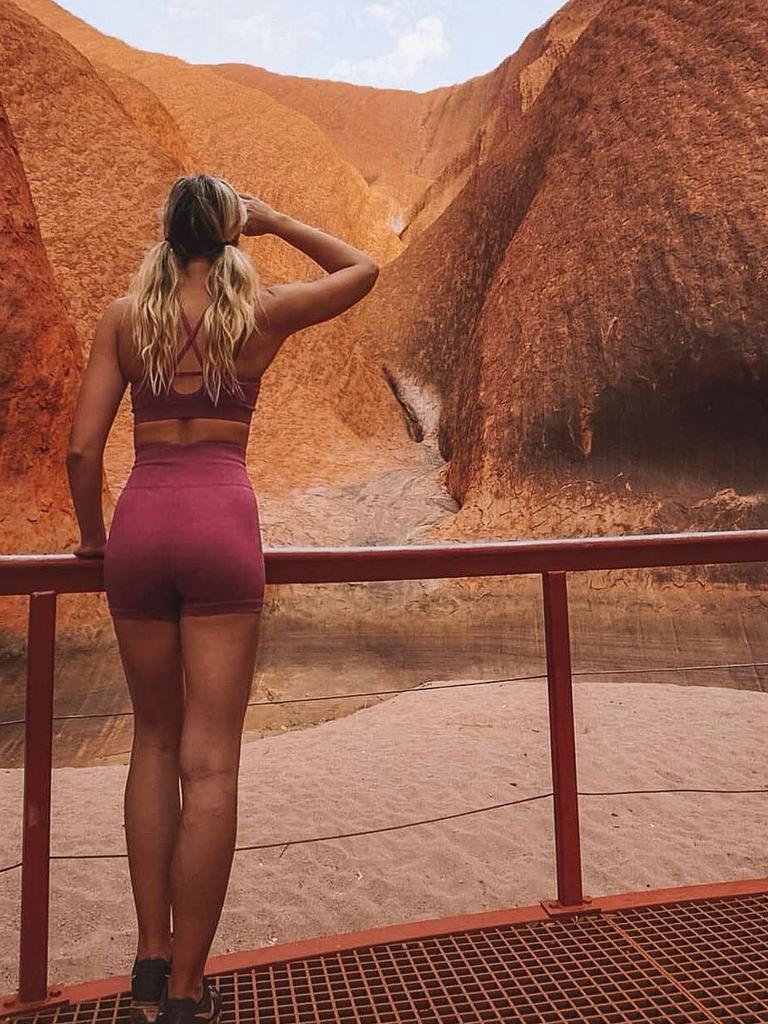
Tourism operators have been experiencing one of their busiest seasons on record, especially in the final weeks as they count down to the permanent closure of the Uluru climb.
According to the ABC, Uluru-Kata Tjuta National Park has been welcoming an average of nearly 10,000 extra visitors a month in the six months leading up to the climb’s closure as people make the ascent while they still can.
Lara, 19, who is visiting Australia from Germany and currently living in Melbourne, said she needed the help of strangers to complete the “dangerous” climb when she visited three weeks ago.


“There’s a metal chain and people are clinging to that chain,” she told news.com.au.
“I was worried about slipping … worried about losing footing as there’s not much grip. And after a while the chain finishes and you’re on own.
“Halfway up really tested me, and that’s where I wanted to go back down because I was worried about how I’d actually get to the bottom without slipping.”
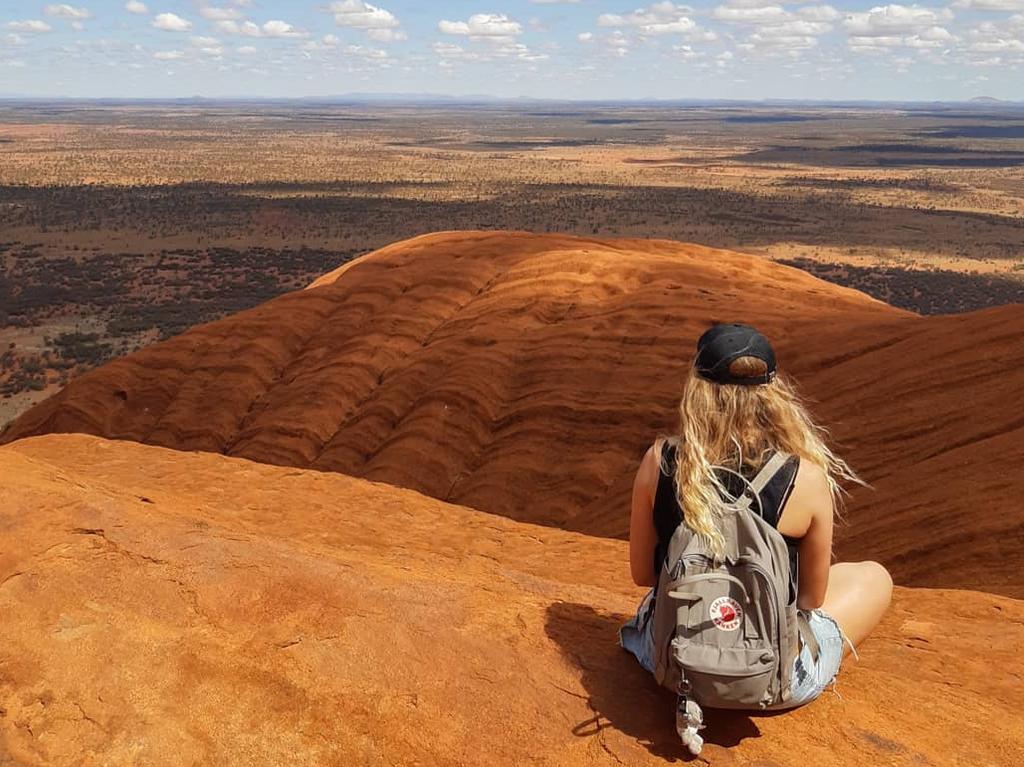
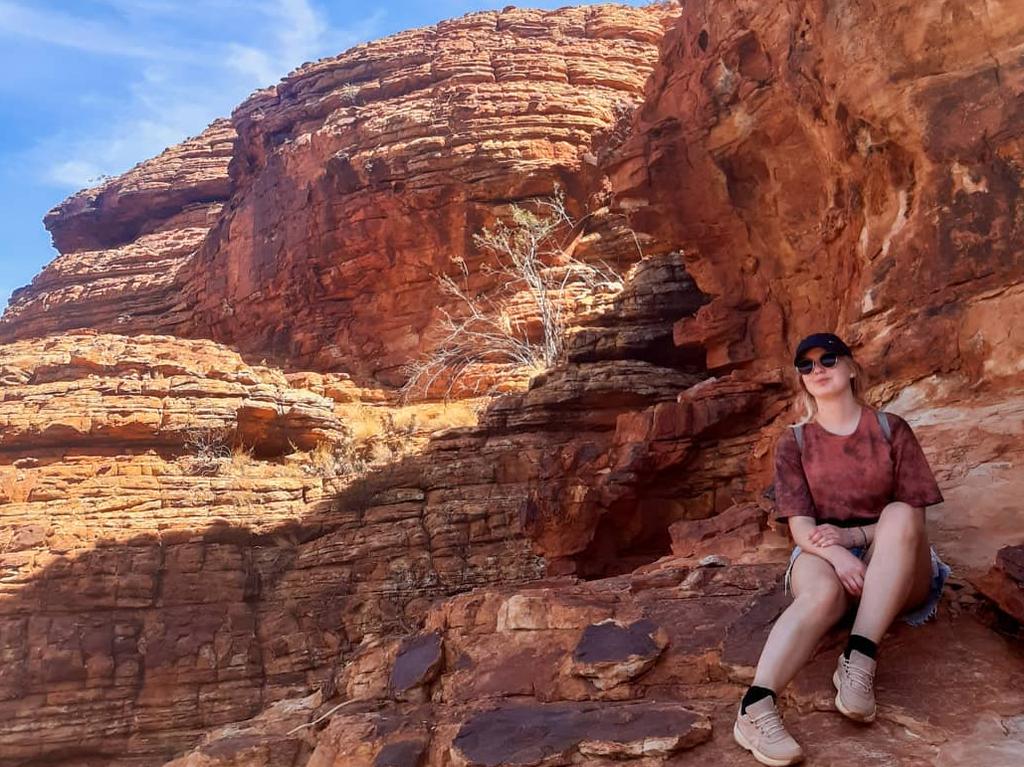
Lara, who said she didn’t intend to climb Uluru, changed her mind when she saw the scale of the rock, others scrambling to the top and to be able to say “I’ve been up there”.
“I was definitely influenced by the fact the climb closes now,” she said.
“I knew that if I don’t do it now, I’ll never get the chance to do it. But I definitely thought about it for a few days because I didn’t want to be disrespectful.
“I feel like one of the problems is that the indigenous people never actually tell you why they don’t want you to be up there.”
Lara said some stages of the climb, which took her more than two hours to complete a round trip, posed a great risk to children who she also witnessed running around the rock.
“It’s dangerous up there … I wouldn’t take kids up,” she said, noting she watched a young girl in tears as she made the trip back down to the base of Uluru.
“I saw one woman slip off the rock, but she caught herself midway. It’s a long fall … and it depends on how you slip. But if you really stumbled, the fall would be a long way down.”
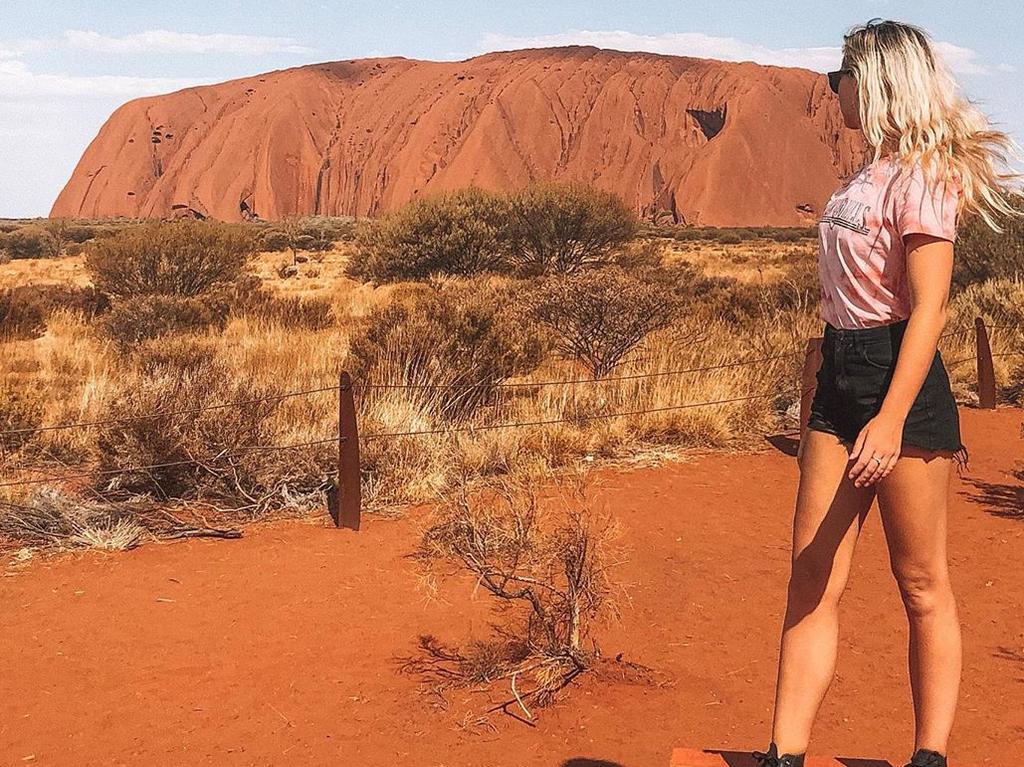
Even with the rush before Uluru’s closure, Parks Australia says it is not concerned about what the end of the climb means for the future.
“It has totally turned around,” Uluru tourism operator Scott McMillan told ABC.
“Twenty years ago, we literally just had vehicles parked at the base of Uluru and the vast majority of the guests on-board chose to climb.
“Now, our younger demographic, literally none of them choose to climb, it’s a generational thing.
“And a lot of that has to do with what’s online. People get excited to go on holiday, go online and arrive educated about the Anangu request not to climb.”
But despite local optimism for the landmark’s tourism future, Tegan says it’s inevitable local operators will take a financial hit from the closure.
“I don’t think it should be closed … I think it’s very unfortunate that people won’t be able to climb it from now on,” she said.
“A small fraction of people have been disrespectful by doing inappropriate things up there … and this has also been a significant factor in why it’s being closed. I’ve also been told safety is another major reason for closing it and can appreciate why.

“The experience of the climb is incredible and exhilarating. But people can still experience Uluru, it’s just so spectacular even without climbing it and still well worth a trip to see it.
“Unfortunately, I do think it will impact tourism and jobs in the area. Many people we met were also wondering how revenue for the region would be impacted. It would be sad to see jobs disappear because of the decision to close the climb, but I’m sure that it will still be a very popular destination.
“The views and the rock itself was like I was on Mars or something. It was really an incredible experience.”
Originally published as Influencer’s reason for deciding to climb Uluru before the ban



